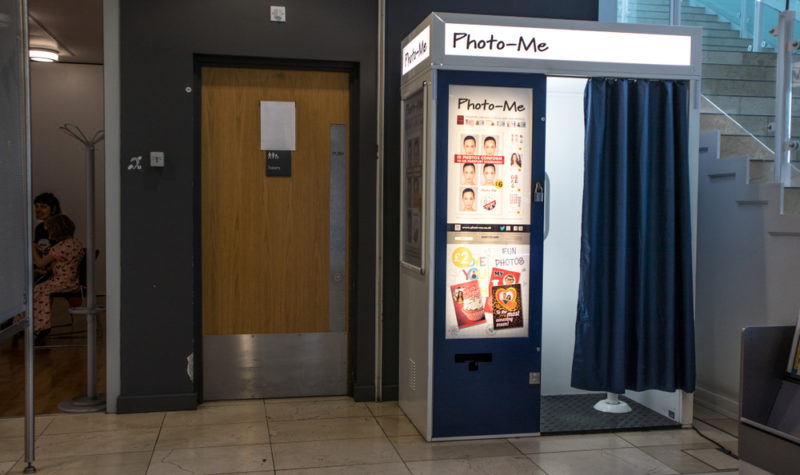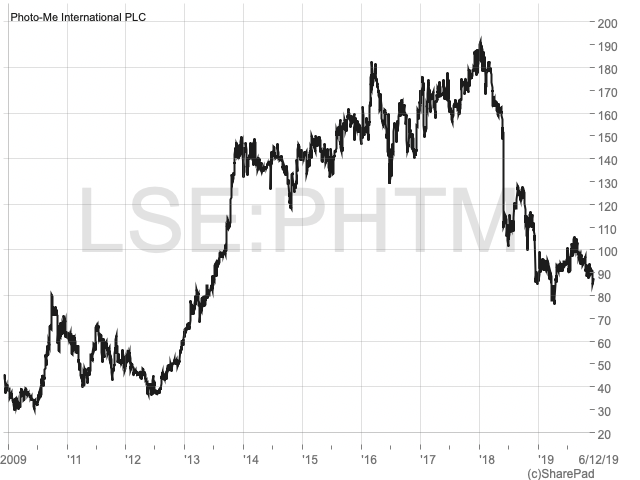Is Photo-Me’s 8% yield too good to be true?

| Master Investor Magazine
Never miss an issue of Master Investor Magazine – sign-up now for free! |
Anyone looking for a good yield should be keeping an eye on Photo-Me, whose interims are due next Tuesday December 10th.
After a couple of erratic years, when the company’s long established selfie photo-booths began to go out of focus and new self-service products have been rolled out to utilise its real asset – around 47,000 self-service vending sites mainly in the UK, France, and Japan – Photo-Me could be on the way to a more stable future when its traditionally high dividend pay-out will again become attractive. Certainly its latest trading statement five weeks ago – “In the period to 30 September 2019, overall Group trading has been in line with expectations” – doesn’t give rise to any concern that it might not be, and its promise to maintain this year’s dividend at 7.84p (giving an 8.7% yield at 90p) still stands.
For such a well-known and long established company, Photo-Me is surprisingly little followed by brokers and on the bulletin boards, although commented on by newspapers, essentially because many professional investors seem slightly wary of its founder-CEO and originator of most of its products, Serge Crasnianski, from his manufacturing base, KIS, in France.
It is he who has invented and developed most of the company’s photo booths and other vending machines which today are much more technologically advanced than in the past. But he has occasionally fallen foul of market changes which rendered his efforts to little avail as when, for example, twenty years ago his expensive photo-printing machines being developed for Kodak were rendered obsolete almost overnight by digital photography, causing the company’s shares to crash by 95% to under 10p.
Fears of a similar misjudgement, along with a major shift in the balance of its business now underway, have kept brokers away from commenting in detail on the company’s headline results, with the result that the shares crashed again (by 29% this time) 18 months ago when a slow-down in its UK photo booths (which are now a much smaller part of the group) produced a disproportionate fall in 2018’s reported profits, as they did again (by an underlying 5%) in the year to April 2019. The result has been a similarly disproportionate weakness in the shares.
But a key characteristic of the company’s vending units is that their profits are stated after a high (non-cash) depreciation charge, so that underlying cash flow is much more stable than the headline profits suggest – and is also why its dividend-paying ability is similarly more reliable. Cash generated last year for instance was a healthy 28% of £228m of world-wide revenues (of which 77% arose abroad, meaning sterling’s weakness will help this year) of which dividends took only 11%.
A certain wariness about a change in the business surrounds the growth of two new revenue sources – self-service laundry equipment which the company says are now the highest margin of its offering and whose roll out is currently very fast – together with a newly acquired chain of self-service fresh juice machines (sited in corporate offices and consumer sites) which has been very successful in France and which the company plans to expand into its other territories. Tuesday’s results will show how successfully these two businesses are compensating for the weakness in the UK photo-booths market which has dogged the shares for the last two years. If they reassure, that yield will be irresistible.


Comments (0)